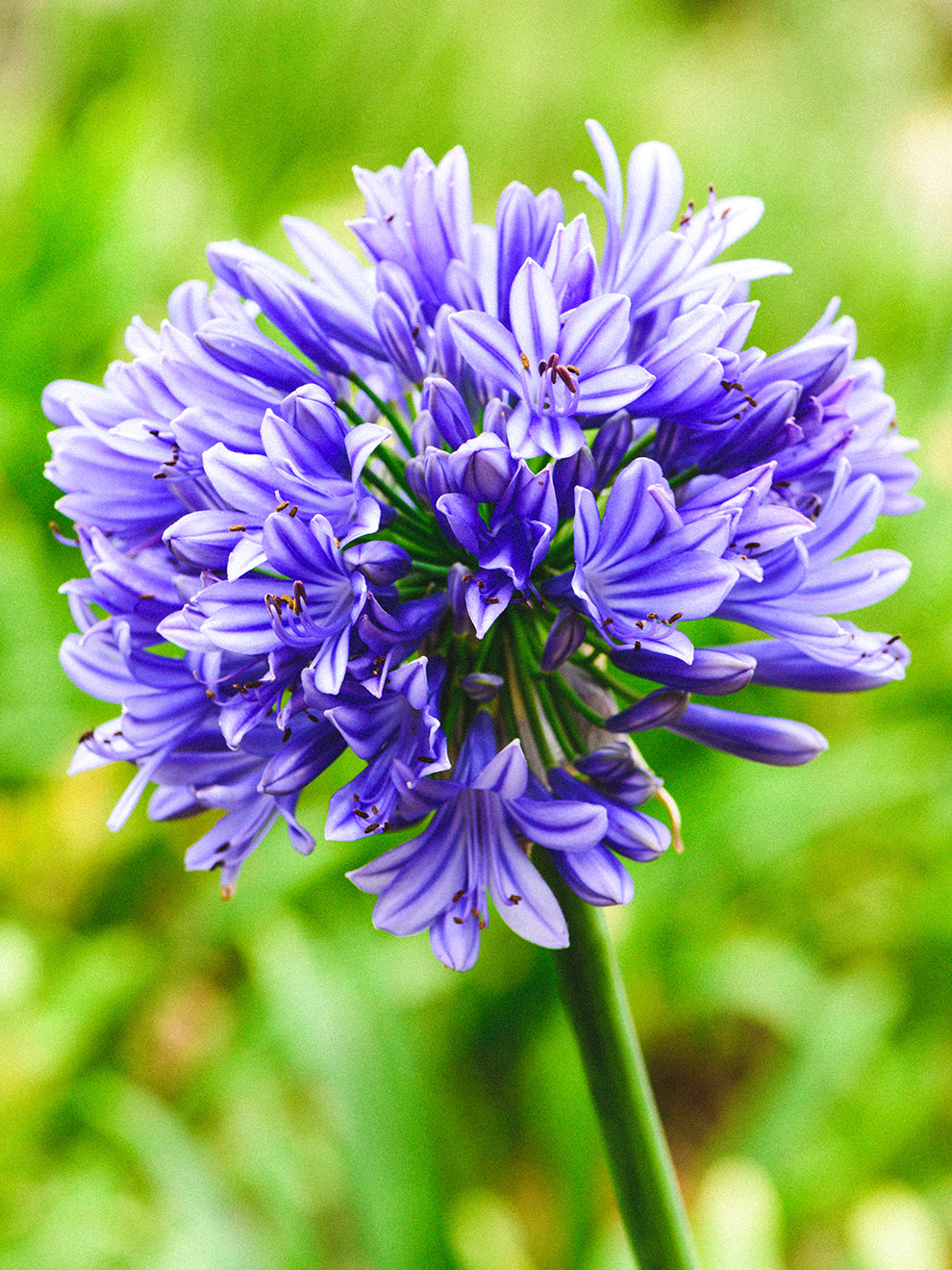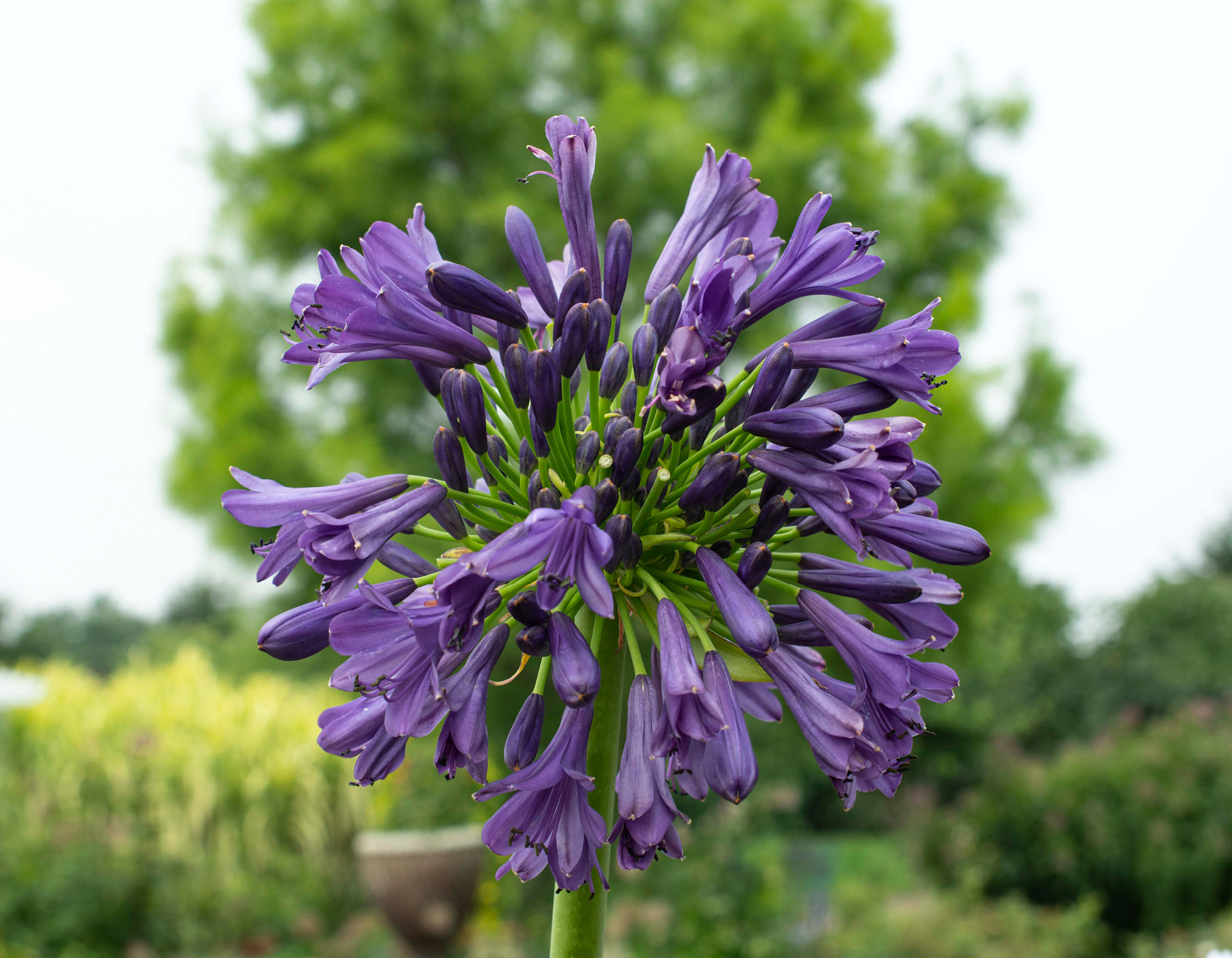Releasing the Secret to Successful Agapanthus Growing: Tips and Techniques for a Flourishing Garden
In the realm of horticulture, growing agapanthus successfully calls for a tactical method that incorporates different facets of plant treatment. By comprehending the subtleties of agapanthus growing, one can create a setting where these plants prosper and bloom generously.
Planting Agapanthus: Finest Practices
When planting Agapanthus, correct soil prep work is necessary for guaranteeing effective development and advancement of these gorgeous blossoms. Agapanthus, typically referred to as Lily of the Nile or African lily, prospers in well-draining dirt with a slightly acidic to neutral pH degree - Agapanthus. Before growing, it is essential to modify heavy clay dirts with raw material such as compost or peat moss to boost drain and give vital nutrients for the plants
To grow Agapanthus, pick a location that gets complete sunlight to partial color, as this will certainly promote healthy development and abundant blooming. Dig a hole two times the size of the plant's origin ball and put the Agapanthus at the very same deepness it was formerly growing. Delicately backfill the hole with soil, pushing down firmly to remove any type of air pockets around the origins.
Water the freshly planted Agapanthus completely and proceed to keep the dirt equally wet, especially throughout the plant's energetic expanding period. Agapanthus. Using a well balanced plant food once a month can better support the plant's growth and blooming. By complying with these finest techniques for planting Agapanthus, you can create a magnificent display of these captivating flowers in your yard
Perfect Soil Conditions for Agapanthus
For optimal growth and blooming success of Agapanthus plants, making certain the soil conditions are perfect is important. Agapanthus prospers in well-draining dirt with a somewhat acidic to neutral pH degree varying from 6.0 to 7.0. This kind of dirt enables for appropriate water drain, stopping waterlogging which can result in root rot. To enhance dirt drain, think about adding raw material such as compost or peat moss when preparing the growing site. Furthermore, Agapanthus chooses soil that is abundant in nutrients, so including a well balanced fertilizer during the growing period can advertise healthy development and lively flowers.

Watering and Fertilizing Tips
To make sure healthy growth and vivid blossoms, appropriate watering and fertilizing techniques are essential for effective Agapanthus farming. Agapanthus plants benefit from normal watering, specifically during the expanding period.
When it concerns feeding Agapanthus, a balanced fertilizer with equivalent components nitrogen, phosphorus, and potassium can be applied in the springtime to advertise healthy development and blooming. Slow-release plant foods are optimal for providing nutrients slowly over an extended duration. Prevent over-fertilizing, as this can bring about too much foliage development at the cost of blooms.
Furthermore, incorporating raw material like garden compost into the soil can improve nutrient levels and boost soil framework, aiding in the total wellness of the Agapanthus plants. By following these watering and feeding suggestions, garden enthusiasts can ensure their Agapanthus plants grow and produce magnificent displays of blossoms.
Pruning and Deadheading Strategies
Proper trimming and deadheading strategies play a vital role in preserving the wellness and appearances of Agapanthus plants, complementing the crucial practices of watering and feeding for effective cultivation. Trimming Agapanthus includes removing spent blossom heads, dead Visit This Link or yellowing leaves, and general shaping of the plant to advertise better growth. Deadheading, the process of eliminating faded blossoms, not just enhances the plant's look yet also motivates additional growing.
When deadheading Agapanthus, it is advisable to snip off the flower stem at the base utilizing sharp, tidy shears. This procedure reroutes the plant's power from seed production back right into origin and foliage growth, promoting a healthier and a lot more durable plant. Routine deadheading can expand the blooming period of Agapanthus and avoid self-seeding, which can cause congestion.
In regards to trimming, Agapanthus usually gain from a light trim after blooming to clean the plant and urge fresh development. Cutting down the invested flower stems and eliminating any type of dead or damaged vegetation assists preserve the plant's vigor and overall look. Nevertheless, it is vital to stay clear of reducing into the crown great site of the plant, as this can compromise its health.

Protecting Agapanthus From Pests and Diseases
Applying efficient insect and condition administration approaches is essential to protecting the wellness and vigor of Agapanthus plants in cultivation. One typical insect that influences Agapanthus is the Agapanthus borer, a find more information caterpillar that tunnels into the plant, triggering damage to the fallen leaves and blossoms.
In enhancement to bugs, Agapanthus are susceptible to diseases such as origin rot and fungal fallen leave areas. By staying alert and dealing with insect and disease issues quickly, garden enthusiasts can assist their Agapanthus grow and flourish.

Verdict
In final thought, effective cultivation of agapanthus needs correct growing strategies, optimal dirt conditions, ample watering and fertilizing, routine pruning and deadheading, and defense from pests and diseases. By adhering to these pointers and tricks, garden enthusiasts can ensure a prospering garden full of beautiful agapanthus blooms. Agapanthus. Remember to preserve constant care and interest to information to advertise the wellness and long life of these stunning plants
When planting Agapanthus, proper soil preparation is necessary for making certain successful growth and advancement of these lovely flowers.Water the recently planted Agapanthus thoroughly and continue to keep the soil uniformly damp, particularly throughout the plant's energetic expanding season.For ideal development and growing success of Agapanthus plants, making sure the soil conditions are optimal is vital. When transplanting or planting Agapanthus, guarantee the soil is well-prepared to supply the essential structure for the plants to establish themselves successfully. One common bug that impacts Agapanthus is the Agapanthus borer, a caterpillar that tunnels into the plant, causing damage to the flowers and fallen leaves.